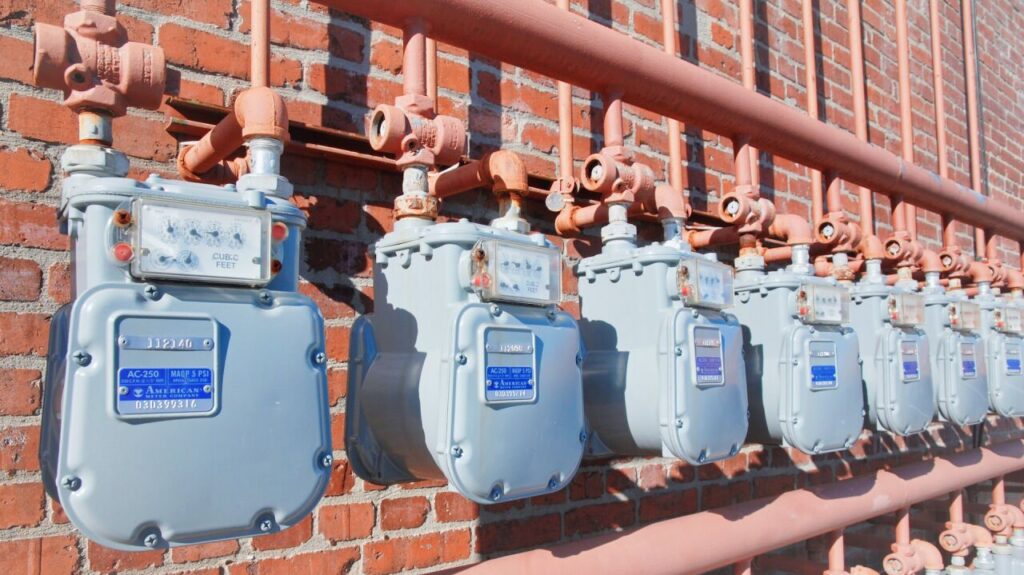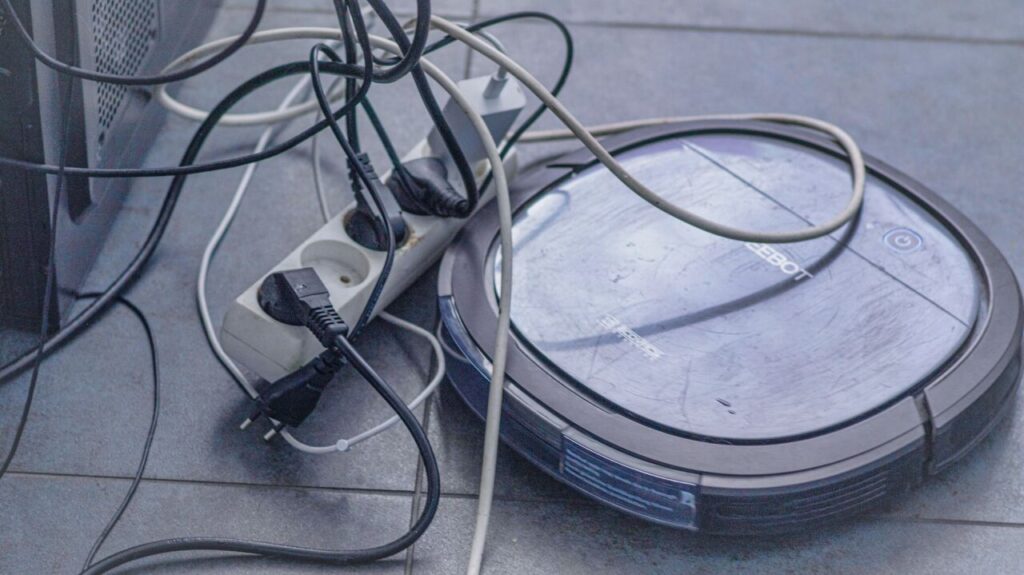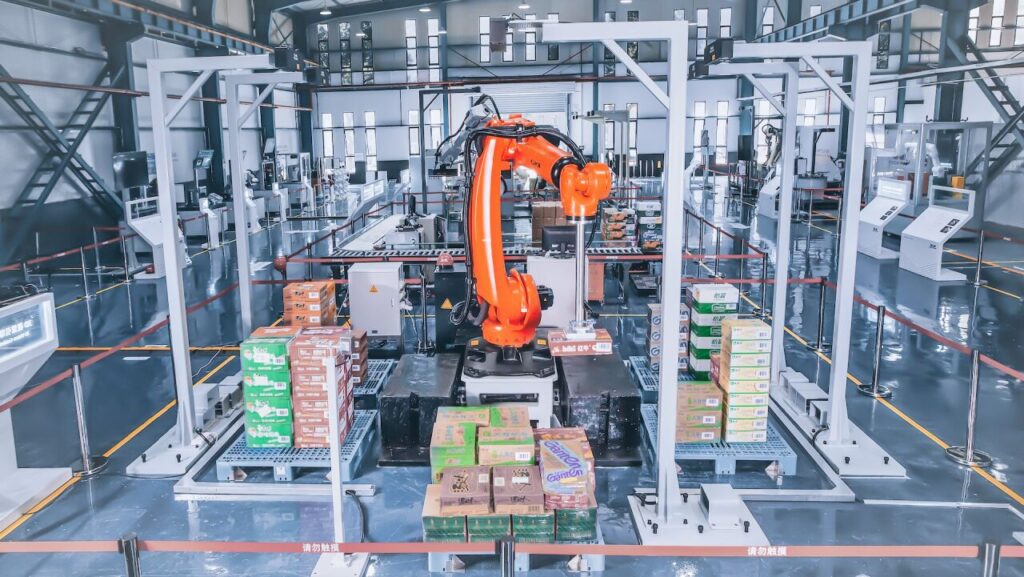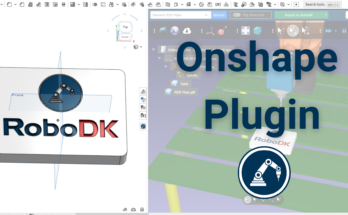How much energy does a robot use? Robots can have many benefits for businesses, but people don’t always consider how much energy they will use.
Industrial robots can be power-hungry machines. It’s important to understand their energy consumption if you want to reap all the rewards of robotic automation, without spending a lot on extra energy.
Although robots can be energy efficient compared to manual labor, they don’t always save you money. And it’s not always easy to determine how much energy a particular robot will consume.
How can you find out how much energy your robot will use?
The energy consumption of robots is a complex topic. Entire research studies are dedicated to the subject.
In this article, we explore the energy usage associated with industrial robots and ways you can reduce the energy cost.
Do Robots Use Energy? Why Energy Consumption Is Important
All robots require a power source to operate, whether they are electric, hydraulic, or pneumatic.
The amount of energy that it takes for a robot to do its job impacts both the operational costs and the environment. Sustainability is an increasingly important topic in the modern world, so you want to make sure that your robots are not environmentally unfriendly.
The energy consumption of your robot can be an important factor when deciding on which model you will choose for a particular task. It’s a bad idea to use a robot that uses up more energy than you actually need for your application, as it will cost you more to run.
The problem is… it’s often hard to find accurate energy information about particular robots.

Why It’s Hard to Find Accurate Energy Specifications
Unlike clearer robot specifications (like reach, payload, and repeatability), energy consumption is hard to measure and compare.
One reason for this is that there is no universal standard for measuring the energy consumption of robots. Different manufacturers may measure and express the energy consumption of their robot models in different ways, making it difficult to compare energy efficiency.
Another difficulty is that a single robot may have vastly different energy consumption based on the specific task it is doing.
The energy a robot consumes will vary depending on factors like:
- The speed that the robot is moving.
- The weight of the payload.
- The type of end effector used.
- The complexity of the motion path.
- The amount of force the robot applies during the task.
Robot manufacturers sometimes include the “average power consumption” of the robot. While this is not a very accurate way to measure or compare robot energy consumption, it’s often the only information you have access to.
Types of Robots and Their Energy Consumption
The robot energy costs can differ depending on the type of robot. Industrial robots – which is the type we usually talk about at RoboDK – can be some of the most power-hungry. However, this is largely because of how much time they are operational on any given day compared to other types of robots.
One comparative study calculated the average energy consumption of various common robot types over the course of a year.
The results for 4 common types of robots are:
- Average industrial robot — 21,915 kWh/robot (based on working 20 hours working per day at an average power draw of 3 kW)
- Mobile platform — 21,586 kWh/robot (based on 3 hours working per day at 19.7 kW)
- Cleaning robot — 102 kWh/robot (based on 2 hours working per day at 0.14 kW)
- Inspection and maintenance robot — 592 kWh/robot (based on 2 hours working per day at 0.81 kW)
As you can see, mobile platforms use the most power but tend to be operational for less time every day than an industrial robot. Cleaning and inspection robots both draw little power and are used for less time in a day.

Example: FANUC M-410iB/700 vs M-900iB/700
How can you use energy calculations to pick the right robot for your specific task?
Here’s an example calculation of a robot’s energy consumption over the course of a week.
We’ll use a FANUC M-410iB/700. As explained on our Robot Library Page on this robot, this is a 4-axis palletizing robot with a payload capacity of 700 kg.
The M-410iB/700 runs at an average power consumption of 1 kW, according to its datasheet. If this robot was running for 20 hours per day, 5 days per week, its energy usage over the course of a week would be 100 kWh.
Now, let’s compare this robot with another model.
The M-900iB/700 is a conventional 6-axis industrial robot, also with a payload of 700 kg.
The M-900iB/700 runs at an average power consumption of 5 kW, according to its datasheet. If this robot was running for 20 hours per day, 5 days per week, its energy usage over the course of a week would be 500 kWh.
If you were using the robot for a palletizing task, which robot would cost less in energy?
Although it’s possible to use a conventional industrial robot for palletizing applications, the dedicated palletizing robot (the M-410iB/700) uses 5 times less energy. This can result in significant cost savings in the long run and is an important factor to consider when selecting the right robot for the job.

How to Save Money on Robot Energy Consumption
If you want to reduce the energy costs of your robot, be proactive.
Start by selecting the right robot for your application. If your chosen robot manufacturer lists the power or energy consumption of the model, you can use this information to perform a simple calculation like the one above to estimate your energy usage. If not, you may be able to get this information directly from the manufacturer or your distributor.
Once you have set up your robot, run your own tests on energy usage. Then, find ways to reduce the energy of your particular robot setup, such as optimizing the cycle time so the robot doesn’t move unnecessarily.
What questions do you have about robot energy consumption? Tell us in the comments below or join the discussion on LinkedIn, Twitter, Facebook, Instagram, or in the RoboDK Forum.. Also, check out our extensive video collection and subscribe to the RoboDK YouTube Channel




